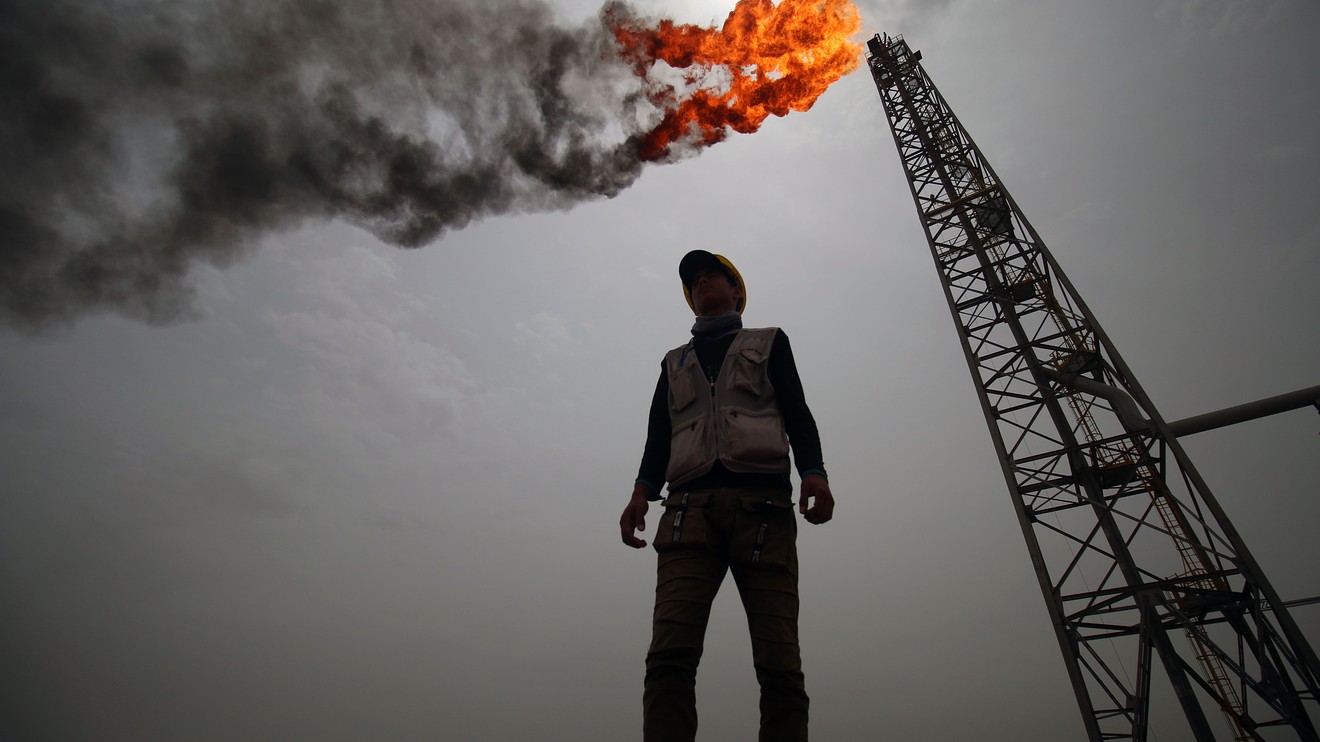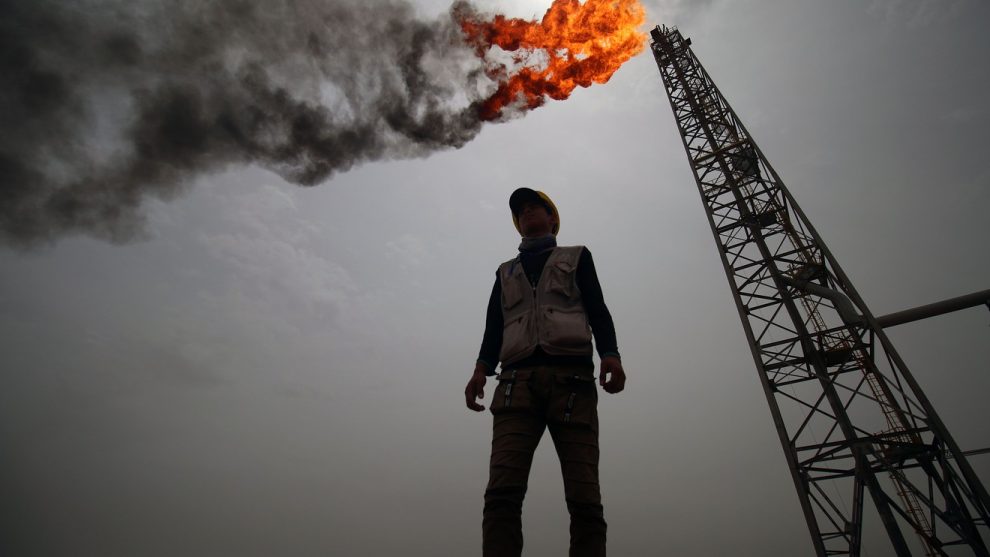
The Organization of Petroleum Exporting Countries’ decision to extend production curbs by another nine months shows just how concerned the group and allied oil producers are about a slowdown in energy demand.
The output cuts will help stabilize the market and support prices as trade uncertainties persist. Given the demand concerns, “the only way to firm and stabilize oil is with cuts to production,” says Marc Bruner, CEO of natural-resource firm Fortem Resources. “There is no other way.” OPEC and its allies, he adds, are “drawing a line in the sand for $50 oil so they can stabilize oil prices until demand picks up.”
OPEC and non-OPEC producers, known as the OPEC+ alliance, agreed to continue reducing output by 1.2 million barrels a day from late 2018 levels through March 2020, due to a downward revision in 2019 world oil demand and “major challenges and mounting uncertainties related to ongoing trade tensions.”
“OPEC+ realizes that the Sino-American trade dispute is a serious threat to the global economy, and therefore to oil demand and oil prices,” says Omar Al-Ubaydli, research director at Bahrain think tank Derasat. “It has been pushing prices down for some time.”
Oil producers had postponed their meeting from June 25-26 to July 1-2, analysts say, to see the outcome of the meeting between President Donald Trump and Chinese leader Xi Jinping at the Group of 20 summit in Japan. Trump and Xi agreed to a trade cease-fire and to continue talks.
Their agreement was a “positive step, but it is not enough from the perspective of OPEC+ and probably explains why OPEC+ was able to strike a deal despite internal geopolitical differences,” says Al-Ubaydli. “Only once the Sino-American dispute is solved can we expect OPEC+ to begin disintegrating, as at present, threats to oil prices are too high.”
Read: Here are the best- and worst-performing commodities in the first half of 2019
U.S. benchmark West Texas Intermediate crude fell over 16% in May as the trade dispute heated up. It rebounded by just over half that in June as U.S.-Iran relations worsened, raising the prospect of supply disruptions. WTI futures CLQ19, -0.80% edged up to $57.34 a barrel on Wednesday, after ending on Tuesday at a two-week low.
“The OPEC+ cuts, along with the Trump/Xi trade progress, should go a long way to support oil prices as we head into peak-demand months of July and August,” says Ryan Fitzmaurice, an energy strategist at Rabobank. Production cuts, in particular, “increase the likelihood that U.S. imports remain historically low and U.S.-China trade progress opens the door for increased Chinese buying of U.S. crude oil. The net effect should result in outsize draws in the U.S. this summer, which we believe will lead to higher prices.”
Fitzmaurice expects WTI prices to reach $70 a barrel and global benchmark Brent crude BRNU19, -0.58% to climb to $75 in the third quarter before stabilizing.
OPEC and its nonmember partners, including Russia, also agreed to support a charter to formalize the alliance. “OPEC+ is going to face the same Catch-22 scenario that OPEC leadership has been facing since the shale revolution: Cutting production to support prices only further helps finance the U.S. oil industry’s growth,” says Tyler Richey, co-editor at Sevens Report Research. For now, the charter is not a game changer, he says, since there likely will be no legal implications involved if one country cheats on its agreed-upon quota.
Even if there were cheating, OPEC compliance with the cuts is likely to be above 100% anyway, says independent energy expert Anas Alhajji. “The decline in Iran and Venezuela’s oil exports [on the back of U.S. sanctions] is large enough to compensate for any cheating,” he says.









